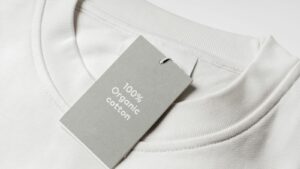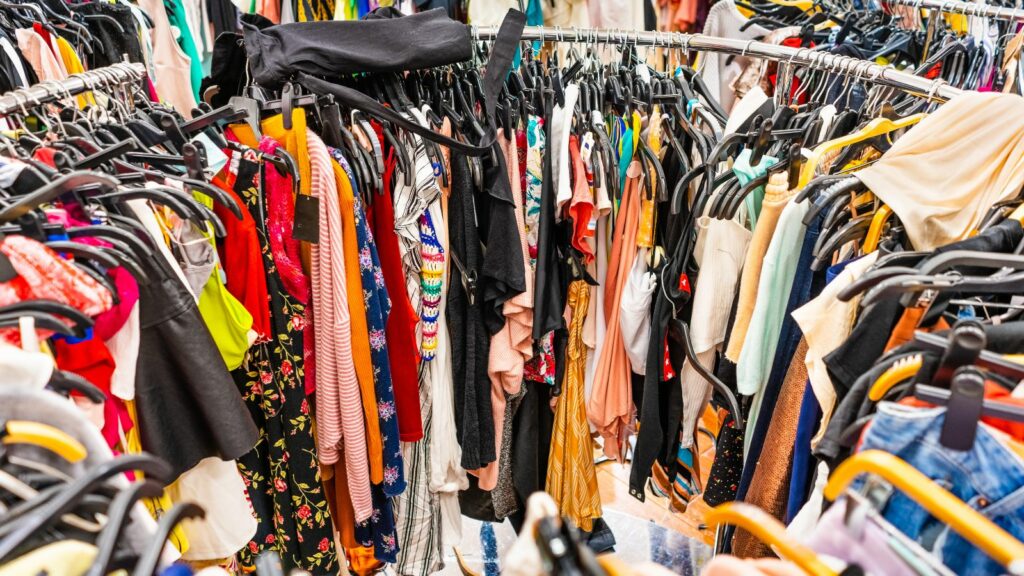In the bustling world of fashion, two titans have emerged, locked in a battle of values and vision. On one side, we have fast fashion, the quick and affordable trend machine that’s taken the industry by storm. On the other, sustainable fashion, the eco-conscious underdog striving to change the way we think about our clothing.
Fast fashion’s allure lies in its convenience and affordability, but it’s often criticized for its environmental impact and questionable labor practices. Meanwhile, sustainable fashion champions ethical sourcing and longevity, but can struggle with accessibility and cost. As consumers, it’s important to understand the implications of these choices. Let’s dive into the fascinating world of fast fashion versus sustainable fashion, and explore the impact of our sartorial choices.
Fast Fashion vs Sustainable Fashion

Fast fashion, characterized by rapidly changing trends, prioritizes speed and low costs. Companies jet through the design, production, and selling stages in weeks, producing affordable, trendy clothing. Unfortunately, they pay the price environmentally, consuming vast resources and contributing to 10% of global greenhouse gas emissions annually.
On the flip side, sustainable fashion focuses on minimizing environmental impacts. Proponents champion lasting styles, ethical labor practices and the use of recycled or organic materials. For instance, Patagonia, a leader in sustainable fashion, enforces fair working conditions and utilizes recycled polyester in its production. The challenge lies in affordability and reach, as sustainable clothing often bears a higher price tag and isn’t as widely available.
Thus, the decision between fast fashion and sustainable fashion requires understanding these trade-offs. Opting for either path has implications not just for one’s wardrobe but also for the planet and its inhabitants.
Understanding Fast Fashion

Fast Fashion represents cheap, trendy clothing designed to align with the latest fashion while prioritizing rapid production cycles. This model, however, bears a hefty price. First, it exhausts resources at an unsustainable rate, consequently intensifying environmental harm. Namely, vast water consumption, toxic chemical release, and high carbon emissions are often associated with its production. For context, producing a single pair of jeans consumes roughly 7,500 liters of water, similar to an individual’s drinking water needs over 7 years. Second, its disposal contributes to the growing global waste issue. Lastly, it occasionally overlooks fair ethical standards, causing concerns about labor rights abuses, such as sweatshop conditions and child labor.
Exploring Sustainable Fashion

Stepping away from the unsettling practices of fast fashion, sustainable fashion pledges environmental sensitivity and respect for labor rights. It’s rooted in a slow fashion philosophy that reevaluates the supply chain, materials used, and design approach. Notable elements include ethically sourced materials, a reduction in carbon footprint, and a spotlight on workers’ welfare. Brands adopting this approach garner attention for their transparency about production methods, which often involve traditional craftsmanship and fair wages. For instance, Eileen Fisher, a sustainable brand, emphasizes responsible sourcing and recyclability in its collections. Yet, apprehensions remain about accessible pricing and the challenge of scaling sustainably. These factors underline the complexity of sustainable fashion, demonstrating its potential to revolutionize the industry, conditional upon consumers shifting their perspective on the true cost of clothing.
How to Transition from Fast Fashion to Sustainable Fashion
It’s clear that sustainable fashion stands as a beacon of hope in the fight against the detrimental impacts of fast fashion. It’s a movement that prioritizes the planet and people over profit. However, it’s not without its challenges. High costs and scalability issues are real hurdles that need to be overcome. The key lies in consumers making informed decisions about their purchases. It’s about understanding the true cost of fast fashion and choosing to support brands that are transparent about their supply chains. By opting for quality over quantity, consumers can play a significant role in shifting the industry towards more sustainable practices. The journey from fast fashion to sustainable fashion isn’t an easy one, but it’s a necessary step towards a more ethical and environmentally friendly future.

